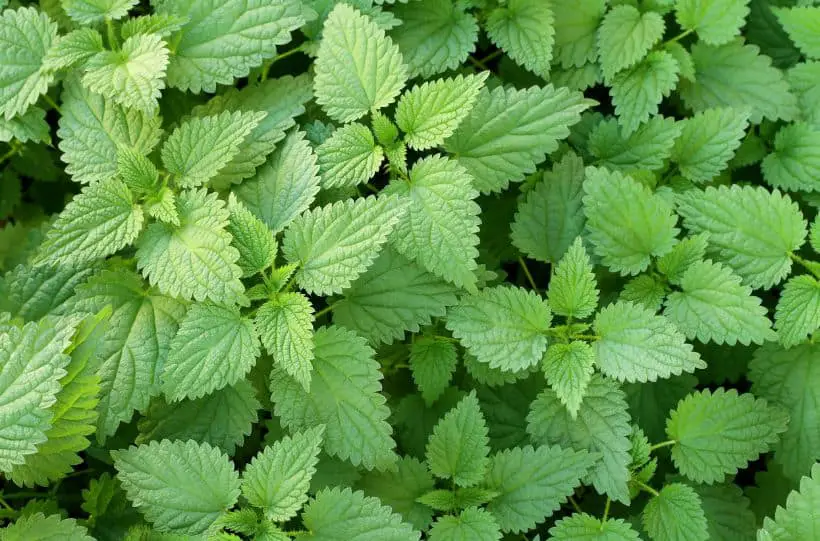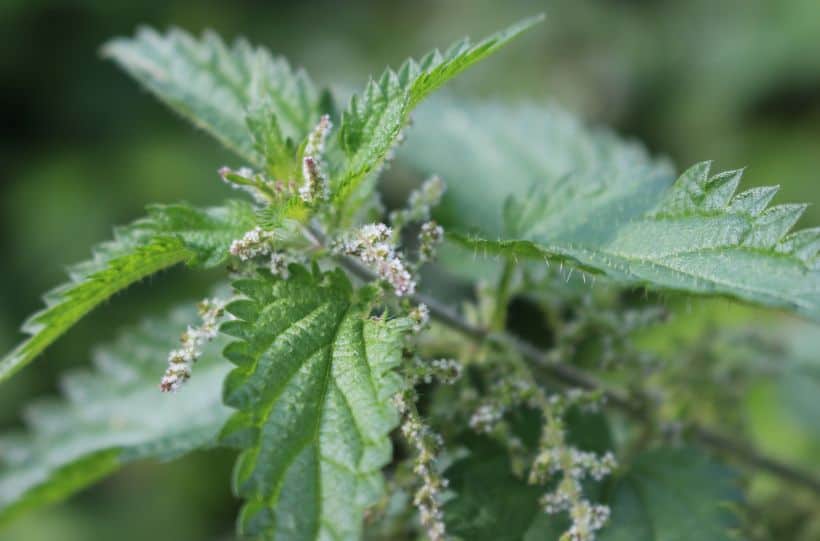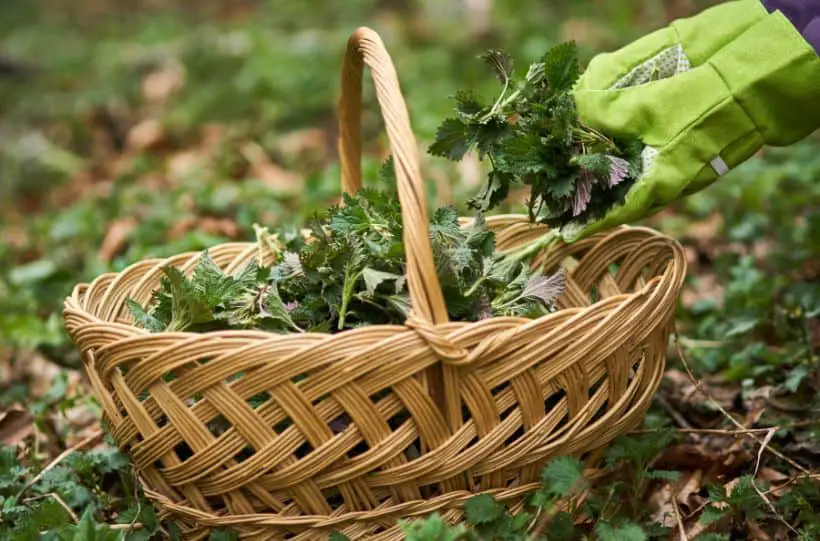How to Grow Stinging Nettle
Stinging nettle (Urtica dioica) is a fast-growing plant that gets its name from the hairs on the stems. These hairs are used to protect the plant from animals and pests that may want to feed on them.
There are over 50 varieties and species of stinging nettles across the world. Traditionally, stinging nettles were used to treat gout, anemia, eczema, joint pain, and arthritis.

- Stinging nettles contain antioxidants and minerals such as iron, lutein, and lycopene.
- The leaves have high vitamin content.
- The plant can stand up to 4 feet tall when it matures.
Other names: common nettle, burning grass, nettle leaf, burn nettles
Best Time for Growing Stinging Nettles
The best time to grow stinging nettles from seeds indoors is in late winter in anticipation of transplanting in the spring.
If you want to plant the seeds directly onto the garden bed outside, wait until the frost has passed before placing the seeds into the ground.
Soil Preparation
Stinging nettle thrives in fertile, loamy soils. It does not grow well in dry areas but it can tolerate both alkaline and acidic soils. The crops thrive in soils that are rich in phosphorus and nitrogen.
Add organic compost when planting to increase the levels of nitrogen and phosphorus content in the soil. They prefer to grow in the full sun but they can also thrive in slightly shaded areas.
Planting Stinging Nettles
Start seed indoors about 6 weeks before the frost date in your zone. Plant seeds about a quarter inch deep and cover them loosely with a layer of topsoil.
Keep the seeds moist but not waterlogged until they germinate. Germination happens after a couple of weeks. After they germinate, transplant the seedlings onto the garden outdoors and keep decent spacing (about 12 inches apart) between these seedlings.
Caring for Stinging Nettles
Stinging nettles grow vigorously when there is abundant water. There is no need to water the plants if your region gets regular rainfall. Stinging nettle cannot survive drought.
Prune the plants to control the spread of stinging nettles. The plant can be invasive as it grows and propagates fast.

Control the blooming process of stinging nettles. This plant can multiply fast through a self-seeding process if you let the flowers bloom and form seeds. Some people may allow the plants to bloom to collect seeds for the next planting season.
Pests and Diseases
Stinging nettles are one of the best companion crops you can grow in your garden. Besides attracting beneficial insects and pollinators, stinging nettles repel many harmful pests that may attack other crops in your garden.
Harvesting Stinging Nettles
Stinging nettles should be ready for harvesting after about 3 months from planting. Always wear protective clothing while harvesting stinging nettles as the hairs produce chemicals that cause a burning sensation on the skin.

Nip off the top, young, and tender leaves using tongs or a kitchen knife. The stalk and leaves become rigid and fibrous as the plant grows. Stinging nettle can be used as a powder, it can be steamed and used as a vegetable, or you can dry the leaves and add them to tea.
If you’re interested in growing other edible weeds and medicinal herbs, check out these guides next:

